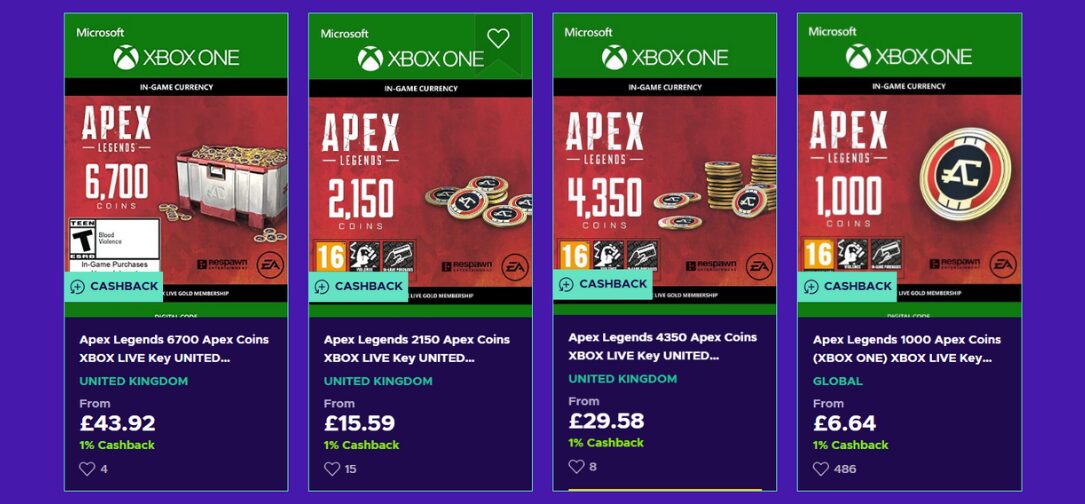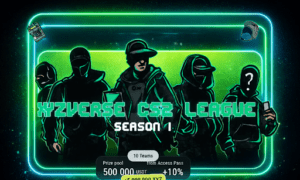The business model behind modern games is divisive — but is it sustainable, exploitative, or something in between?
If you’ve played a modern video game in the last five years, you’ve encountered microtransactions. Whether you’re unlocking a new skin, fast-tracking your progress, or buying a seasonal pass, these small purchases have become the financial backbone of the industry.
But as revenue from microtransactions continues to climb, the conversation has shifted. Are microtransactions simply a tool to fund ongoing content and live-service innovation? Or are they a predatory system dressed in cosmetic options?
The answer, as with most things in tech and business, is complicated.
A Financial Engine for Live-Service Games
One of the clearest arguments in favor of microtransactions is that they make ambitious, long-term game development possible.
Titles like Apex Legends, Fortnite, and Call of Duty: Warzone release regular content drops — new characters, maps, balance updates, and cosmetics — without charging players upfront. That cadence isn’t cheap. Artists, developers, QA testers, and server infrastructure all need to be sustained long after launch.
In this model, microtransactions like Apex Coins act as the financial fuel. Players can purchase coins to unlock exclusive cosmetics or seasonal battle passes. This keeps revenue flowing steadily and reduces reliance on single-point sales or large DLC packs.
The Player Perspective: Choice or Pressure?
Of course, there’s another side to this model. Critics argue that while microtransactions support ongoing content, they also introduce friction, and not just the optional kind.
In some cases, in-game economies are deliberately tuned to be grind-heavy, nudging players toward spending. Cosmetic-only purchases have given way to paid progression, time-limited items, and battle passes that demand significant time investments, or cash.
It’s a fine line between offering convenience and manufacturing frustration. When players feel like they’re being gently coerced into spending, especially younger or more vulnerable audiences, the system starts to feel less like funding innovation and more like a casino with better UI design.
Transparency and Design Are Everything
The most sustainable implementations of microtransactions are the ones that prioritize clarity and fairness. Games that avoid pay-to-win mechanics and clearly communicate what players are buying tend to retain trust and loyalty.
Apex Legends is often pointed to as a relatively balanced model. The core game is free, competitive fairness isn’t affected by purchases, and cosmetics don’t alter gameplay. For players who want to support the game or customize their experience, they can purchase Apex Coins on Eneba, a digital marketplace offering a frictionless, safe way to do that.
The Verdict: It’s Both — And It Depends
Microtransactions aren’t inherently predatory or virtuous. They’re a tool — and like any tool, it depends on how they’re used.
Used well, they enable consistent content, support free-to-play ecosystems, and allow players to personalize their experiences. Used poorly, they create artificial scarcity, undermine gameplay, and erode user trust.
For developers, the challenge is designing monetization systems that feel fair, optional, and value-driven. For players, it’s about having access to secure, transparent marketplaces like Eneba, where they can purchase in-game currencies like Apex Coins and support the games they enjoy, without falling into spending traps.
In short? Microtransactions are here to stay. The next step is making sure they work for players, not just take from them.



































